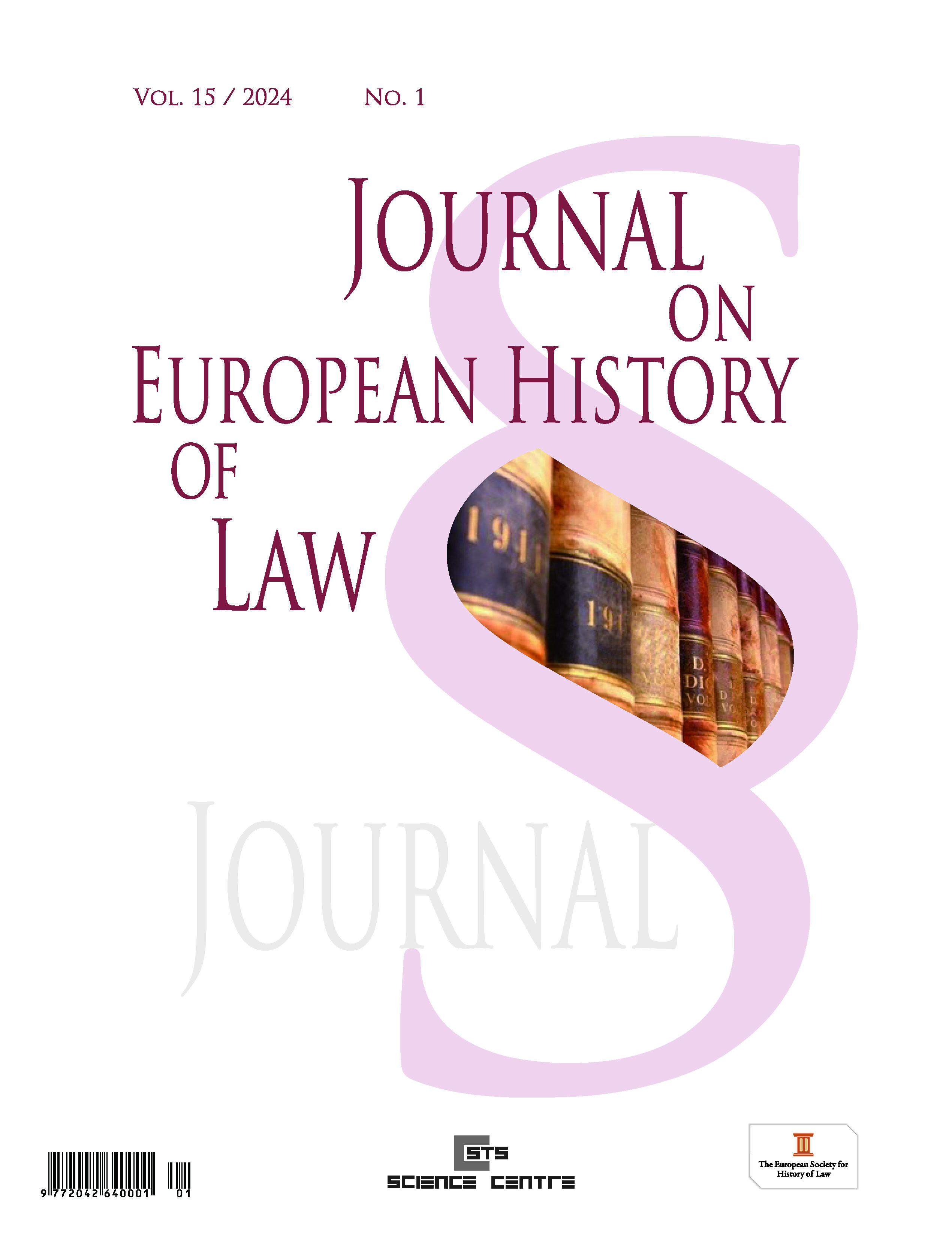Elements Establishing the Principle of the Rule of Law in the Vetus Testamentum and the Novum Testamentum
Elements Establishing the Principle of the Rule of Law in the Vetus Testamentum and the Novum Testamentum
Author(s): István F. MészárosSubject(s): History, Law, Constitution, Jurisprudence, Theology and Religion, Canon Law / Church Law
Published by: Evropská společnost pro právní dějiny, z.s.
Keywords: Mosaic Law; Torah; Decalogue; the Law of the King in Deuteronomy; the Torah of the King; Lex Rex; rule of law; Rechtsstaat;
Summary/Abstract: Our study undertakes to explore the Old and New Testament roots of the rule of law. It shows that the roots go back to the Mosaic laws and the organization of the ancient Jewish state based on them, an ancient state based primarily on laws. It points out that from the aspect of state and legal theory, the uniqueness of the Mosaic laws lay in the presentation of the supremacy and primacy of the law. This principle was reflected in the fact that no one, neither the king nor any leaders, could set themselves above the law. In addition, according to the specific laws concerning Israel’s kings, the exercise of royal power was even more confined within the framework of the law. We argue that the principle of governance bound by law is part of the social teaching of both the Old and the New Testaments. All of this – in interaction with the related elements of ancient Greek-Roman political philosophy – played a prominent role in the fact that it was the Judeo-Christian culture where the idea of the rule of law spread and became the basic principle of the political and legal system of the states belonging to this circle.
Journal: Journal on European History of Law
- Issue Year: 15/2024
- Issue No: 1
- Page Range: 93-103
- Page Count: 11
- Language: English

